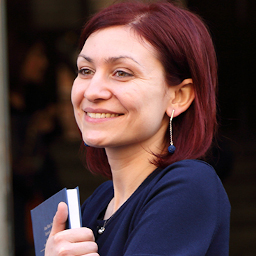Dr Fabiola Ceroni
PhD
Senior Research Fellow
School of Biological and Medical Sciences

Role
I am a Senior Research Fellow in Professor Ragge's team.
My research involves the use of whole genome/exome sequencing and copy number variant analysis to better understand the genes and mechanisms involved in developmental eye disorders, including anophthalmia, microphthalmia and coloboma.
Research
My research is focused on the identification of new genes and molecular mechanisms underlying human developmental eye disorders, through the analysis of whole exome/genome sequencing data and copy number variants.
